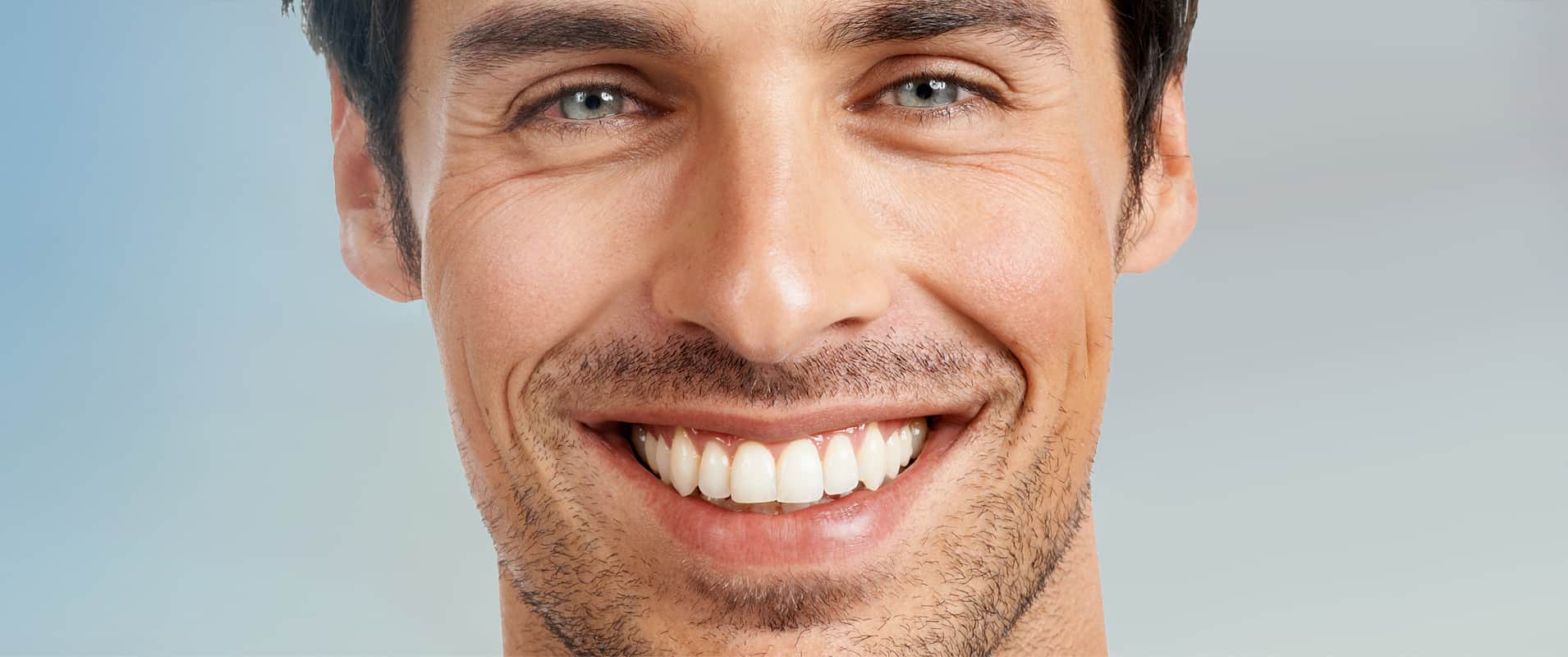Protruded teeth are where the upper front teeth jut outwards from the gums. Colloquially they are sometimes referred to as 'buck teeth'.
Causes
The condition is caused by the upper jaw being positioned significantly forward of the lower jaw, sometimes due to the lower jaw being smaller than the upper jaw. This is generally an inherited (genetic) characteristic. Some habits, such as thumb sucking, can also either cause or contribute to protruded teeth. In more severe cases, where the upper front teeth naturally come to rest over the lower lip, this can also have a worsening effect on the condition.
Apart from cosmetic considerations, there are a few other reasons why it is worthwhile considering treatment for protruded teeth - protruded teeth are more likely to be damaged than normally positioned teeth, can wear unevenly and can also create issues with speaking and eating. In some cases, 'overeruption' can occur in the lower front teeth – this is a process where a tooth pushes further out of the bone due to there being no opposing tooth on the other jaw. This can in turn lead to overerupted lower front teeth causing damage to the gum behind the upper front teeth.
Treatment
Treatment will depend on the age of the person. For children aged 8-13, when adult teeth should have come through, a device (either fixed or removable) can be used to adjust the bite where the person has a smaller lower jaw. If it is the upper jaw that is protruding, orthodontic treatment will aim to move the upper front teeth back into the mouth (a process called 'retraction'). These treatments are usually achieved using braces, elastics, headgear, pendulum appliances and other devices such as functional appliances (functional orthopaedic appliances), or a combination of these.
In adults, correction of protruded teeth may be achieved via retraction using braces, and/or orthognathic surgery (also referred to as 'surgical orthodontics') may be recommended to push the lower jaw forward.






